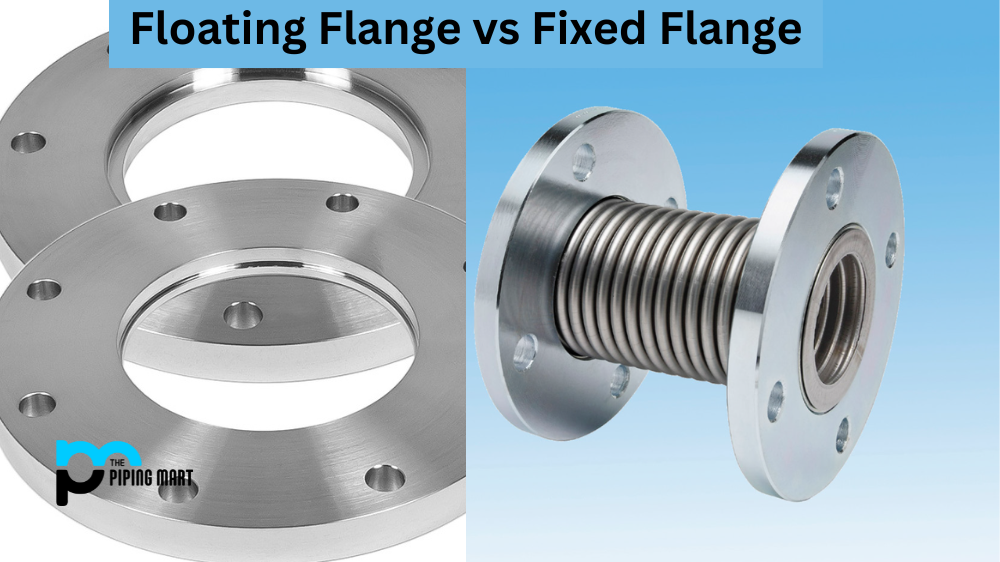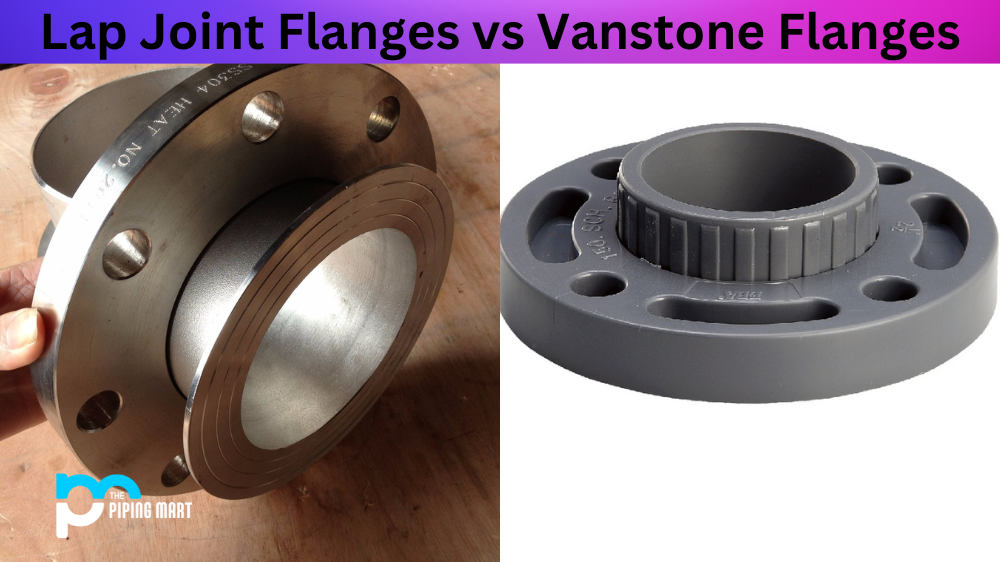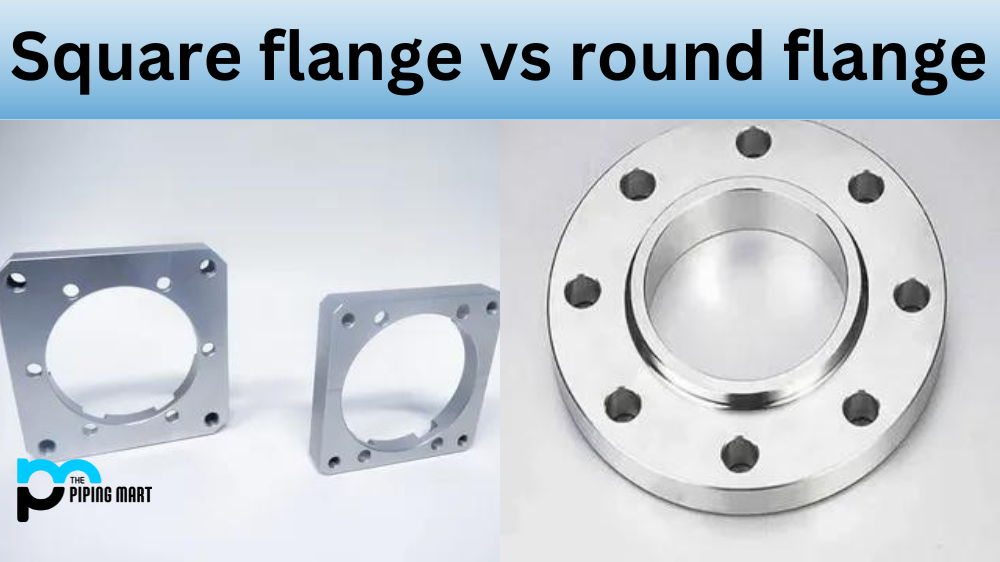If you’ve been in the industry for a while, then you may have heard of puddle flanges. But what exactly are they, and how are they used? Today, we will discuss the uses of puddle flanges and how to weld them properly.
What is Puddle Flange?
A puddle flange is a vital component in construction, particularly in plumbing systems and building foundations. Its main function is to prevent water infiltration through pipe penetrations in concrete structures. Usually made from materials like rubber or PVC, puddle flanges create a watertight seal around pipes, safeguarding buildings against potential water damage. These flanges are especially crucial in areas prone to water exposure, such as basements or underground constructions, and proper installation is essential to ensure their effectiveness in maintaining a dry environment.
Puddle Flanges Uses
Puddle flanges are most commonly used in applications involving pressure, such as plumbing systems, or in industries like chemical processing and oil & gas production. They can also be used to connect pipes that don’t fit tightly together due to their shape or size differences. Additionally, since puddle flanges provide better sealing than other types of flange fittings, they are often used where leakages could cause significant damage or harm if not appropriately contained.
Puddle Flanges Welding
When installing puddle flanges, it’s crucial to weld them properly. This involves following specific procedures like pre-heating, post-heating, and cooling, which are tailored to the type of material being welded. Additionally, it’s important to consider environmental conditions such as temperature and humidity, as they can affect the quality of the joint. Regular inspections are also recommended to catch any signs of corrosion or cracking early on, as addressing these promptly can prevent leaks in the future.
Puddle Flange Types
Puddle flanges are used in construction to prevent water penetration at pipe penetrations through concrete structures. There are two main types: cast iron and stainless steel. Cast iron puddle flanges are commonly used in sewage and drainage systems, while stainless steel puddle flanges are preferred for corrosive environments such as chemical plants or coastal structures. Both types provide a seal against water ingress, maintaining structural integrity.
Conclusion
In conclusion, puddle flanges are essential components for many industries as they provide reliable sealing against pressure and leakage while still allowing easy connection between pipes that don’t fit perfectly together due to their shape or size differences. When welding these joints, it is essential to follow an approved procedure and consider any environmental factors that could affect the quality of your workmanship to guarantee a safe connection every single time! As always, make sure you choose your materials based on their intended use and application requirements for maximum efficiency!
Meet Heer, a dynamic and driven writer learning tricks of her trade in the metal industry. With a background in Digital Marketing, Heer brings a unique perspective to her writing, sharing valuable insights. Apart from blogging she like reading and hiking.




